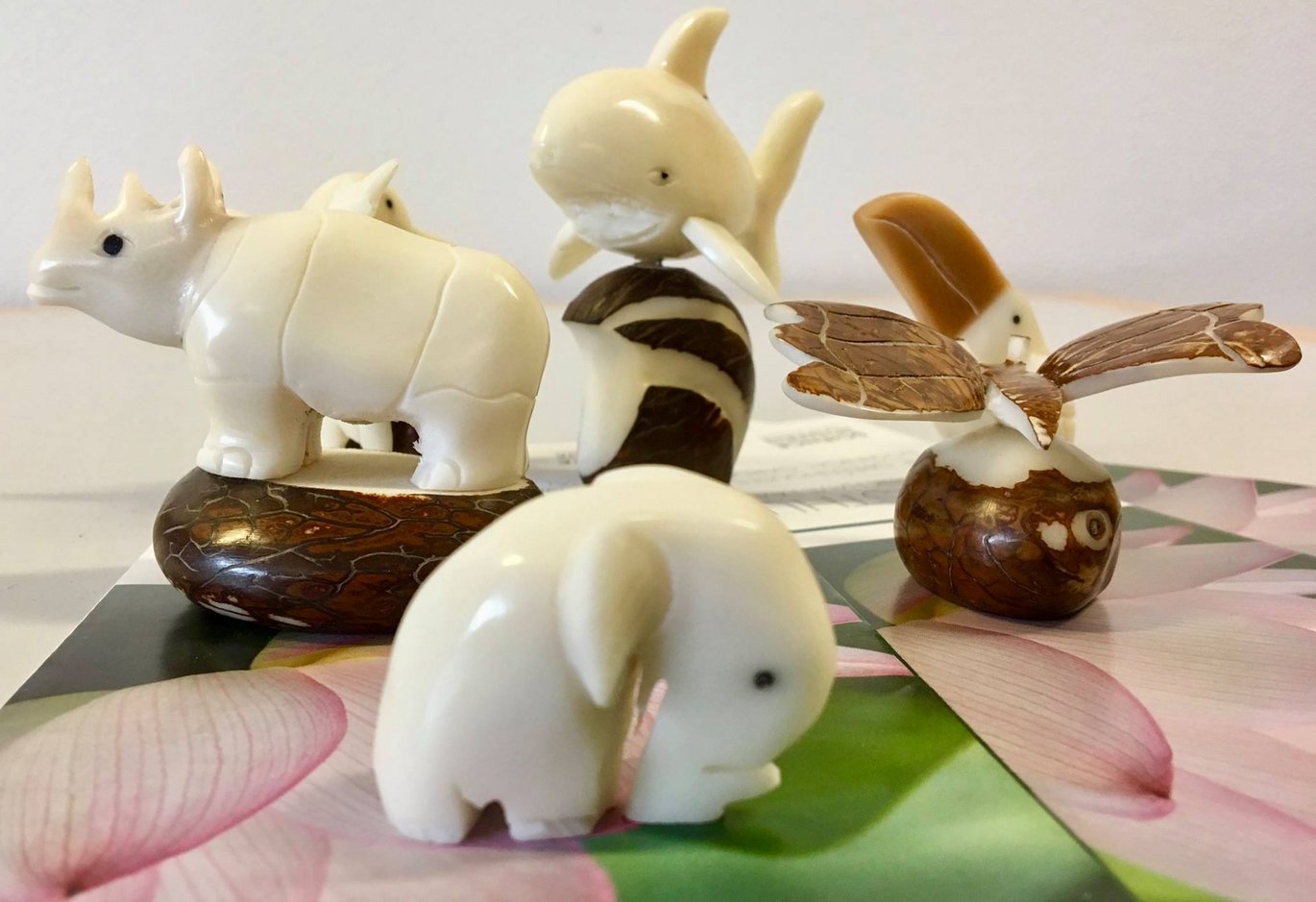Ivory palm
The fruits of the ivory palm offers a sustainable alternative to ivory.

The seeds of the ivory palm are the size of a chicken’s egg. They are hard and the colour is similar to that of ivory. Therefore they are also known as vegetable ivory.
From the 1870's until World War II, the seeds were sold on the world market in large quantities and were an important export article for Ecuador. The seeds were mainly used in the manufacture of buttons, but sales dropped dramatically after plastics became common.
Today, there is a market for vegetable ivory once again. There is a demand for buttons made from natural materials, and vegetable ivory is also used in the manufacture of jewellery and various small figurines.
Fact box:
- Greenhouse location: Tropican house
- Danish name: Vegetabilsk elfenben
- Latin name: Phytelephas aequatorialis
- Family: Palm family / Arecaceae
- Natural habitat: Ecuador